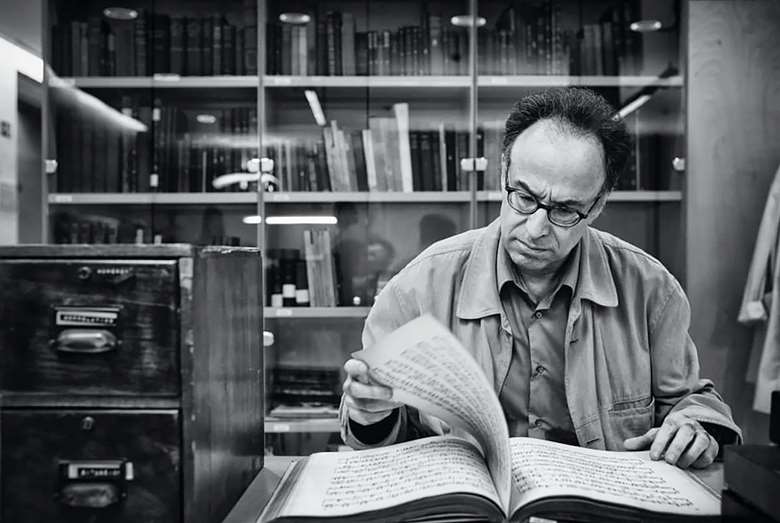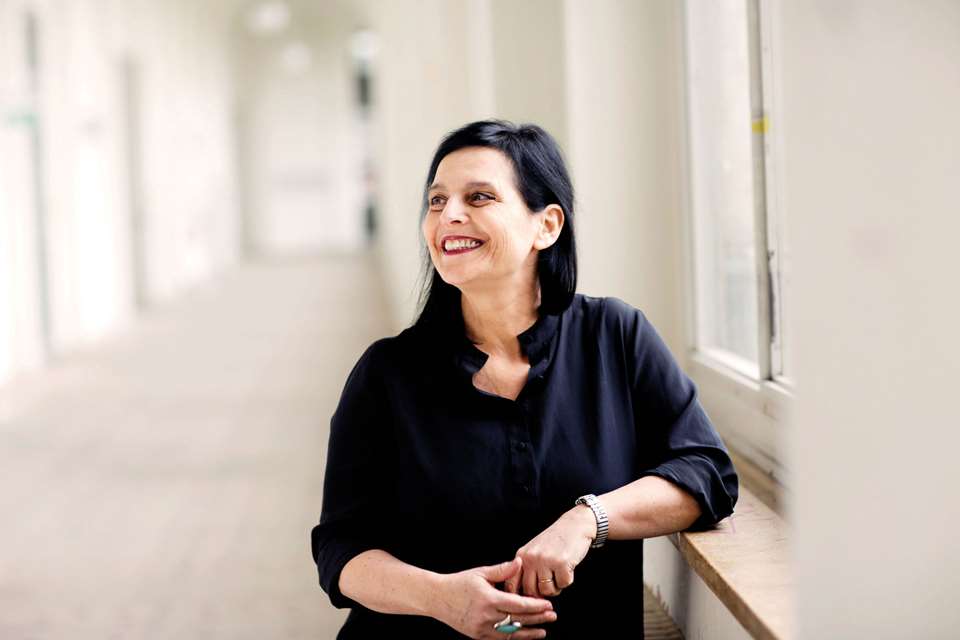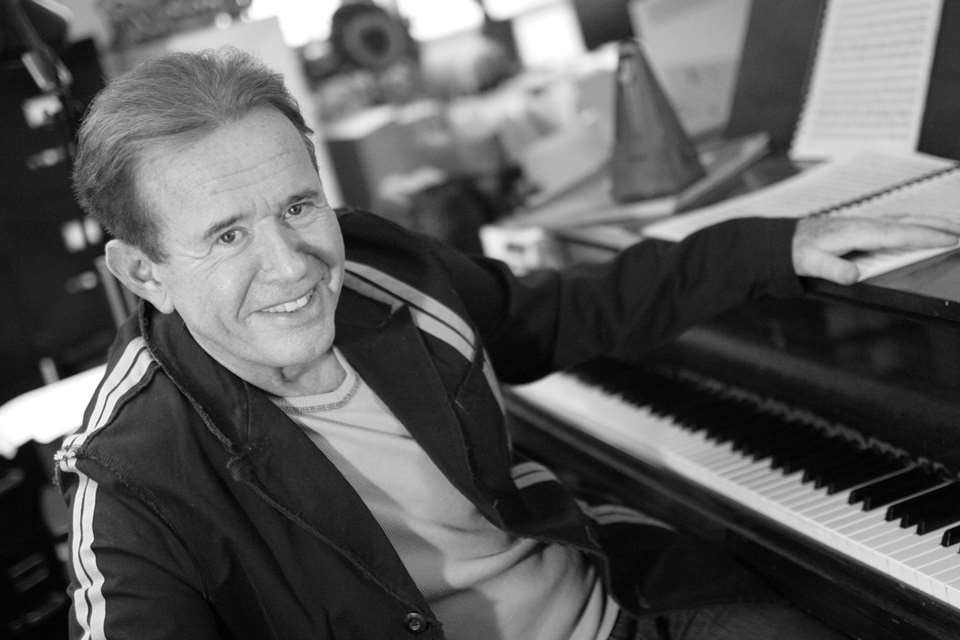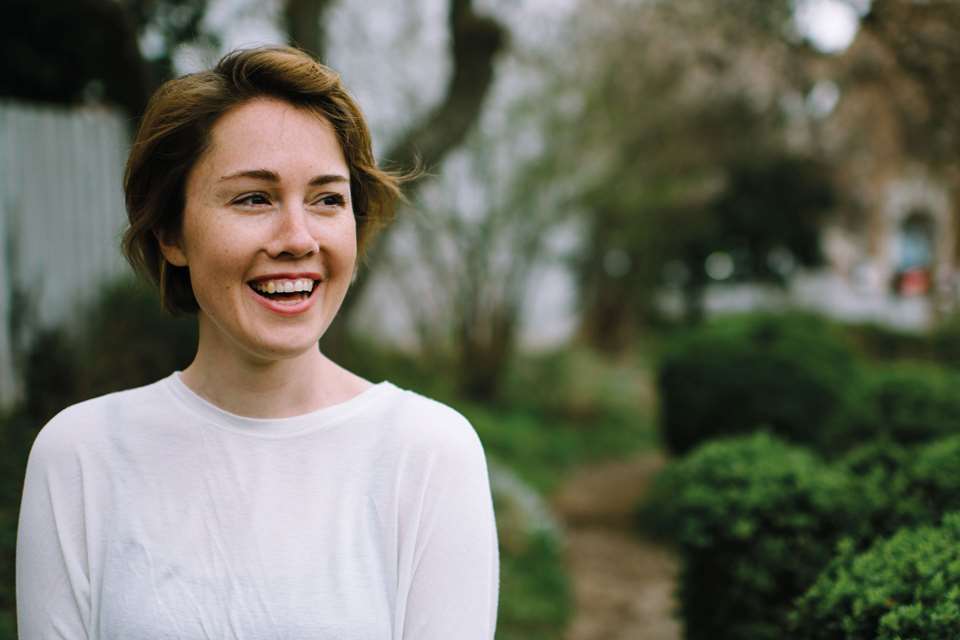Contemporary composer: Benet Casablancas
Gavin Dixon
Tuesday, May 21, 2024
This Catalan’s many and varied interests are evident throughout both his small- and his large-scale output, says Gavin Dixon

Register now to continue reading
Thanks for exploring the Gramophone website. Sign up for a free account today to enjoy the following benefits:
- Free access to 3 subscriber-only articles per month
- Unlimited access to our news, podcasts and awards pages
- Free weekly email newsletter













